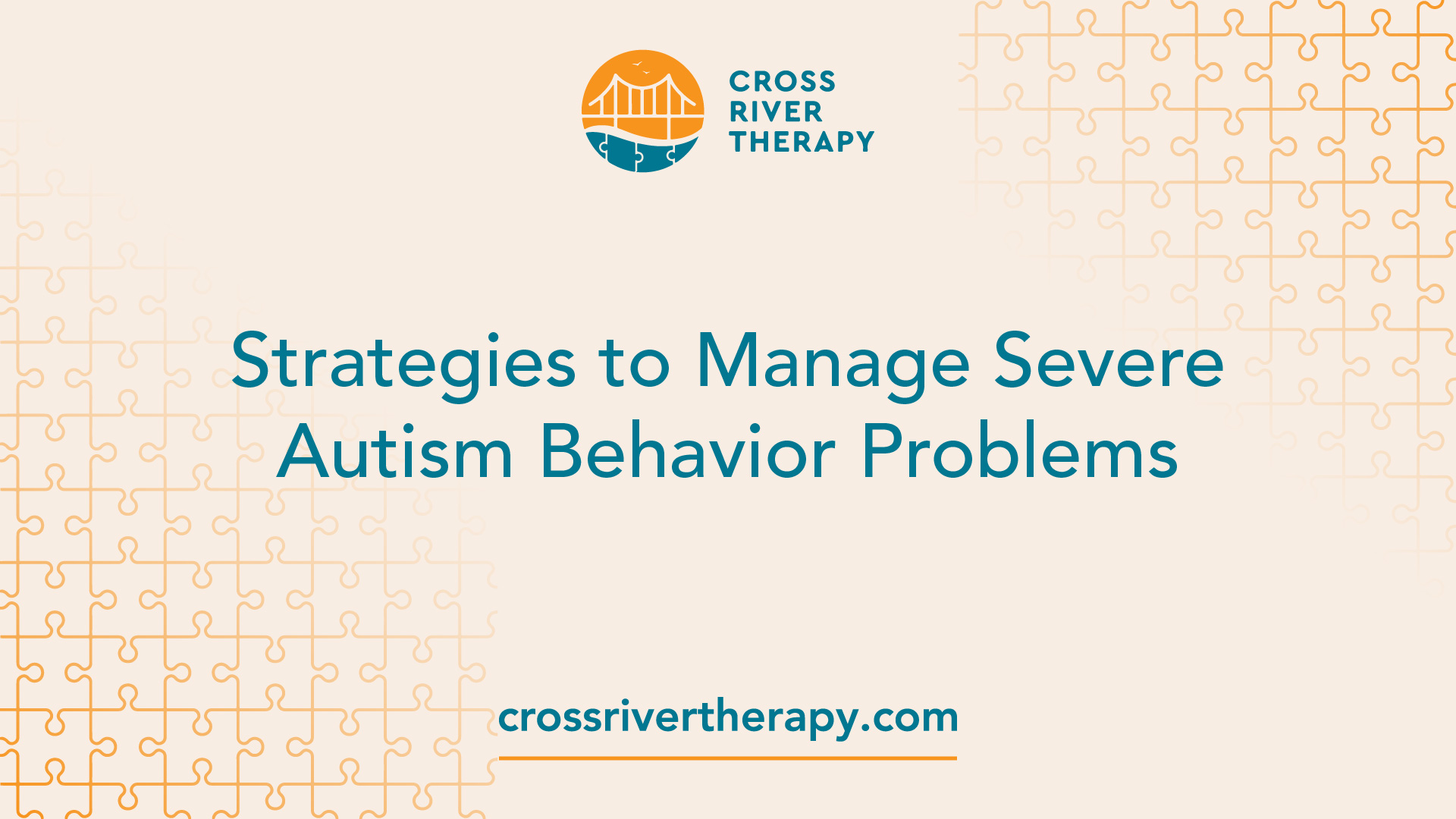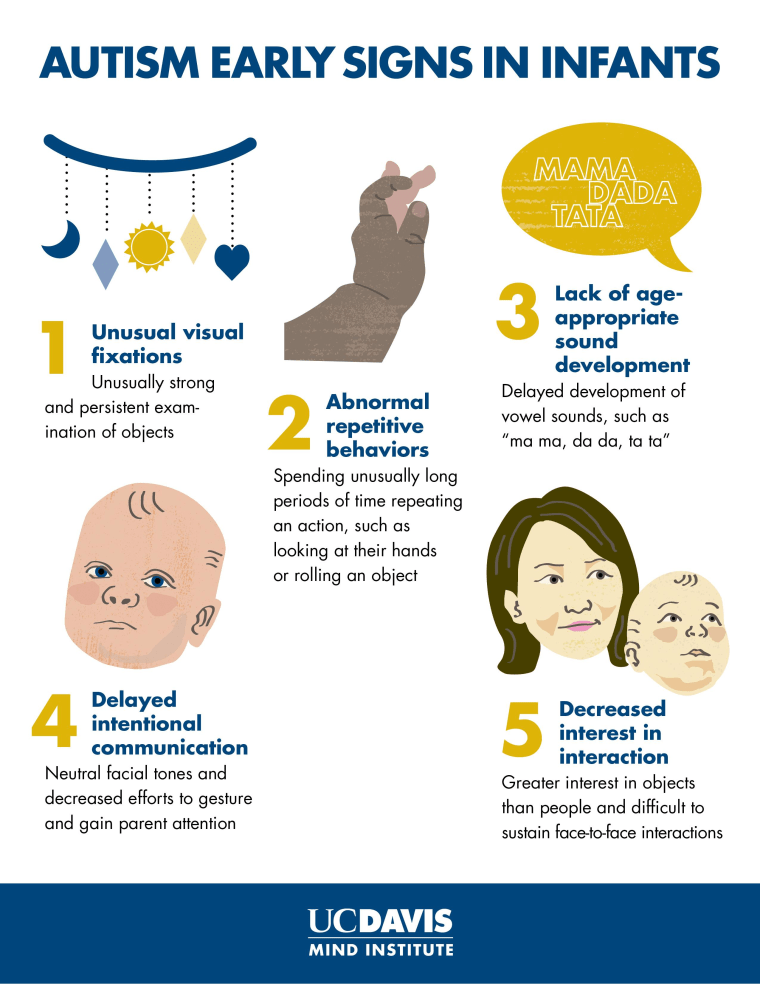Navigating sensory overload with support from Autism Spectrum Therapies
Navigating sensory overload with support from Autism Spectrum Therapies
Blog Article
Recognizing the Impact of Behavioral Autism on Life and Social Interactions
You may not recognize exactly how deeply behavior autism influences day-to-day life and social communications. People on the range typically browse a world loaded with interaction difficulties and sensory overload. These challenges can bring about irritation and isolation, impacting their partnerships and total health. Recognizing these subtleties is crucial for fostering encouraging atmospheres. What methods can we apply to develop more comprehensive areas and significant connections? The responses might surprise you.
Defining Behavior Autism and Its Attributes
Behavioral autism, commonly referred to as autism range problem (ASD), incorporates a series of conditions characterized by difficulties in social communication, interaction, and repetitive behaviors. You could see that people with ASD usually battle to analyze social cues, which can cause misunderstandings in conversations. They may find it hard to establish eye get in touch with or engage in small talk, making social situations feel frustrating.
Interaction problems can show up in numerous methods, from postponed speech growth to a preference for utilizing fewer words. Repeated actions, such as hand-flapping or rocking, can function as coping devices to manage stress and anxiety or sensory overload. These qualities can greatly impact day-to-day live, making it essential for you to comprehend and sustain those with ASD. By recognizing these qualities, you can cultivate an environment that promotes approval and motivates reliable communication, helping individuals with autism grow in their daily communications.
The Spectrum of Autism: Recognizing Variability in Habits
Autism spectrum problem (ASD) isn't a one-size-fits-all medical diagnosis; it varies extensively among individuals. You might notice that some people with ASD exhibit light signs, while others might encounter much more considerable challenges. This variability can manifest in behaviors, interests, and sensory sensitivities. You might encounter individuals that are very spoken and involve quickly in conversations, while others may choose solitary tasks or connect non-verbally.
Additionally, the way people with ASD react to sensory input can vary substantially; some may be overwhelmed by bright lights or loud sounds, whereas others grow in promoting environments. The range also consists of differences in social communications; some people might have a hard time to interpret social hints, while others navigate social setups with family member ease. Understanding this irregularity is necessary, as it aids you value everyone's unique experience and tailor assistance to their certain needs, cultivating a much more comprehensive setting for everyone.
Interaction Challenges Dealt With by People With Autism
When you communicate with people on the autism range, you may notice their one-of-a-kind communication obstacles. They often deal with difficulties with both nonverbal and spoken cues, which can influence their social communications. Understanding these barriers is important for promoting much better connections and assistance.

Verbal Interaction Difficulties
Lots of individuals on the autism spectrum experience spoken interaction problems that can significantly impact their daily communications. Your speed, quantity, or tone might not align with social assumptions, triggering others to misinterpret your intentions. Recognizing these obstacles can aid you and your assistance network create approaches to boost communication and cultivate much better connections with others in your day-to-day life.
Nonverbal Interaction Barriers
Verbal communication isn't the only obstacle people on the autism spectrum face; nonverbal communication obstacles can be simply as considerable. These obstacles can lead to misunderstandings or false impressions of social signs, making communications feel frustrating or complex. By dealing with nonverbal communication, you can find approaches to improve your social experiences and boost your total quality of life.
Social Communication Effects
Social interactions can commonly feel overwhelming due to the special communication difficulties encountered by people with autism. Identifying these difficulties can help you locate methods to improve interaction, such as exercising social skills in secure settings or making use of visual aids. Recognizing your requirements permits you to navigate social communications with greater self-confidence and ease.
Social Communication and Relationship Structure in Autism
While building connections can be testing for individuals with autism, recognizing their distinct point of views and interaction styles can promote meaningful links. You might observe that many individuals on the range choose straight interaction and may have problem with social signs or tiny talk. By being uncomplicated in your interactions, you can assist develop an environment where they feel comfortable.
Take the time to observe and pay attention just how they express themselves. This insight can lead you in guiding conversations a lot more effectively. Participating in shared passions can likewise serve as a bridge to much deeper links. Whether it's a hobby, a favorite program, or a mutual passion, these typical strings can open up doors to relationship.
Day-to-day Live Regimen: Navigating Approaches and challenges
Steering everyday life routines can be specifically challenging for people with autism, particularly when unexpected adjustments take place. To browse these difficulties, take into consideration applying aesthetic routines or checklists.
Developing a regimen that consists of sensory breaks can likewise be valuable. You can prepare short breaks throughout your day to charge. It's vital to connect with those around you, allowing them know your choices and requirements. This aids produce an understanding setting.
Last but not least, method mindfulness strategies to handle stress and anxiousness. Basic breathing exercises or basing methods can make a significant distinction. By incorporating these approaches, you can improve your day-to-day routine and decrease disruptions, making life feel extra manageable.
Staminas and Capacities of Individuals on the Autism Spectrum
Comprehending day-to-day live routines is just one facet of the autism experience. Many individuals on the autism range have remarkable strengths and capabilities that establish them apart. You might discover that your interest to information is exceptional, enabling you to succeed in tasks that require precision and focus. Your capability to assume outside package can lead to ingenious options in numerous scenarios.
Moreover, your memory skills frequently radiate, particularly in areas of passion. Aba Therapist Near Me. This flair for retaining information can make you an important resource in areas like art, modern technology, or scientific research. You may also exhibit solid aesthetic thinking, allowing you to visualize complex ideas and address problems creatively
Furthermore, your one-of-a-kind point of view on the world can cultivate empathy and understanding in others, enriching social interactions. Welcoming these staminas not only enhances your self-confidence but also aids others appreciate the diverse skills you bring to the table.
Developing Comprehensive Atmospheres for Individuals With Autism
Creating comprehensive environments for people with autism starts with designing sensory-friendly rooms that cater to their unique requirements. You can also cultivate chances for social communication, assisting to build links and friendships. By making these modifications, you'll contribute to a much more welcoming environment for everyone.
Creating Sensory-Friendly Spaces
While developing sensory-friendly rooms, it's essential to mirror on the distinct requirements of individuals with autism. Integrate quiet areas where find out this here people can pull away and charge when overwhelmed. Include aesthetic routines or clear signs to aid individuals navigate the room confidently.
Promoting Social Interaction Opportunities
Designing sensory-friendly rooms not just addresses private convenience however likewise sets the phase for purposeful social communications among people with autism. To advertise these communications, develop inclusive environments that welcome involvement. Organize structured activities, like art courses or team video games, that urge cooperation without frustrating sensory input. Use aesthetic help and clear communication to assist every person involve comfortably. Urge peer mentoring, matching individuals with autism with helpful peers that can direct them via social scenarios. Additionally, take into consideration holding normal area occasions that commemorate neurodiversity, promoting approval and understanding amongst all individuals. By applying these methods, you can boost social chances, assisting people with autism build relationships and strengthen their social abilities in a secure, inviting environment.

Frequently Asked Inquiries
Just How Can Friends Support Someone With Behavioral Autism?
You can sustain a friend with behavioral autism by holding your horses, paying attention actively, and valuing their borders. Participate in tasks they delight in, interact freely, and produce a comfortable environment where they really feel valued and understood.
What Resources Are Offered for Moms And Dads of Kid With Autism?
You can check out various resources for parents of kids with autism, including assistance teams, academic websites, and neighborhood social work. Getting in touch with various other parents can also give beneficial understandings and shared experiences to help browse difficulties.
Can Behavioral Autism Change With Time?

Yes, behavioral autism can change gradually. You could discover shifts in interaction, social abilities, and habits as your youngster grows. Early treatment and support often play essential functions in these developmental adjustments.
How Do Sensory Level Of Sensitivities Affect Every Day Life?
Sensory sensitivities can make daily experiences frustrating. You could deal with brilliant lights or loud sounds, bring about anxiety her explanation or evasion. Finding atmospheres that suit your needs can considerably boost your comfort and general life.
What Prevail Misconceptions Concerning Behavioral Autism?
You might think behavior autism only affects interaction skills, yet it's more complex. Numerous assume people do not have compassion or knowledge, which isn't real. Recognizing these mistaken beliefs assists foster acceptance and support for those on the range.
Behavior autism, often referred to as autism range problem (ASD), encompasses a range of conditions characterized by challenges in social interaction, communication, and repetitive behaviors.Social interactions can frequently feel overwhelming due to the home unique communication difficulties dealt with by individuals with autism.Designing sensory-friendly spaces not only addresses individual comfort but also sets the stage for purposeful social communications among people with autism. Motivate peer mentoring, matching people with autism with encouraging peers that can assist them via social circumstances. By applying these approaches, you can boost social chances, helping people with autism construct friendships and reinforce their social skills in a safe, inviting atmosphere.
Report this page